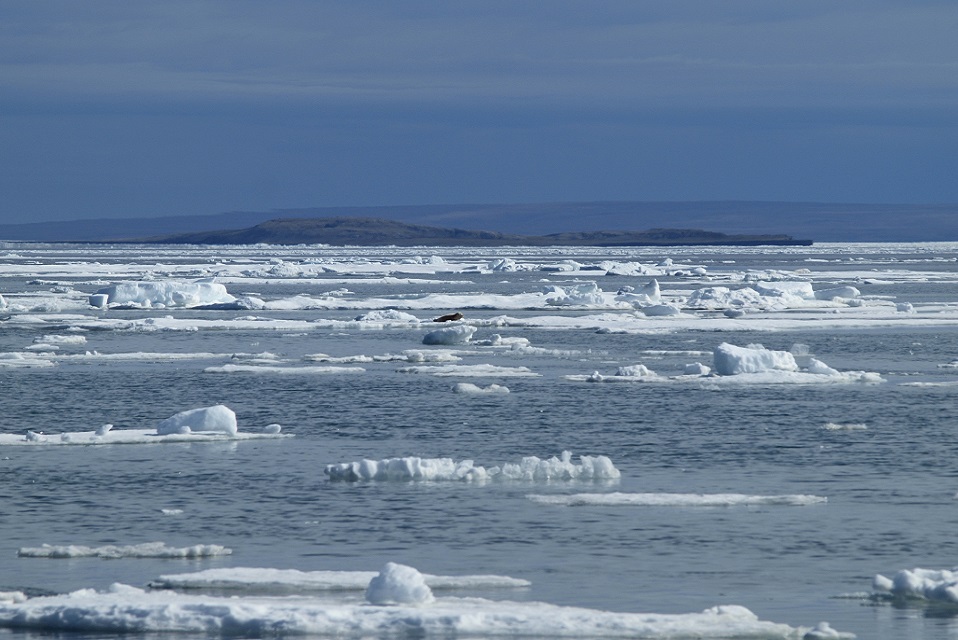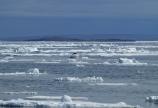Whales in ice-free Arctic face emerging threat from vessels

In the Arctic, marine mammals such as belugas and bowhead whales rely on a quiet environment to communicate and forage. But as Arctic sea ice shrinks and shipping traffic increases, vessel disturbance could very likely impact their social behaviours, distribution and long-term survival, warns a new study led by University of Victoria marine biologist Lauren McWhinnie.
Published in the peer-reviewed journal Ocean and Coastal Management, the study calls for precautionary measures to minimize the negative impacts of increased vessel traffic in the Arctic—such as noise and ship strikes—as climate change brings a longer ice-free season.
“We can start by trying to apply the lessons learned from vessel management in heavily trafficked southern regions while we still have the opportunity to do things right in the Arctic,” says McWhinnie, a post-doctoral researcher in UVic’s geography department. “A voluntary restriction on vessel speed will reduce the likelihood of ship strikes and contribute to reducing noise levels. Other trial studies have shown that slower vessels pose less risk to marine mammals.”
By examining management plans from over 1,000 international Marine Protected Areas, the researchers identified and evaluated 14 vessel management tools to assess their potential suitability for use in an Arctic environment. After evaluating each tool, researchers recommend that at least two of these spatial tools are suitable for the Arctic: a voluntary exclusion zone (avoidance) and a voluntary speed reduction zone (slow down).
A voluntary restriction on vessel speed will reduce the likelihood of ship strikes and contribute to reducing noise levels. Other trial studies have shown that slower vessels pose less risk to marine mammals.
—UVic marine biologist Lauren McWhinnie
Depending on the size of the area where these measures are deployed, this study found that they would only significantly affect very large and fast vessels travelling further from shore rather than smaller community boats operating closer to shore. The study area was in the eastern Beaufort Sea of the western Canadian Arctic, near the western entrance of the Northwest Passage, a crucial area for managing ship traffic in the future.
“The important thing is that we start considering these problems now while we still have a window of opportunity to do something about this issue and before these animals are in the position of their more southerly endangered counterparts, such as the southern resident killer whales in BC and northern right whales on the East Coast,” says McWhinnie.
The study, “Vessel traffic in the Canadian Arctic: management solutions for minimizing impacts on whales in a changing northern region,” will be published in the June 2018 edition of Ocean and Coastal Management.
Wildlife Conservation Society Canada, a co-author and partner of the study, is sharing the study results with local and federal governments, coastal communities and the shipping industry.
A press kit containing high-resolution photos and map of the area is available on Dropbox.
-- 30 --
Photos
Media contacts
Dr. Lauren McWhinnie (Dept. of Geography) at lmcwhin@uvic.ca
Anne MacLaurin (Social Sciences Communications) at 250-217-4259 or sosccomm@uvic.ca
Tara Sharpe (University Communications + Marketing) at 250-721-6248 or tksharpe@uvic.ca

